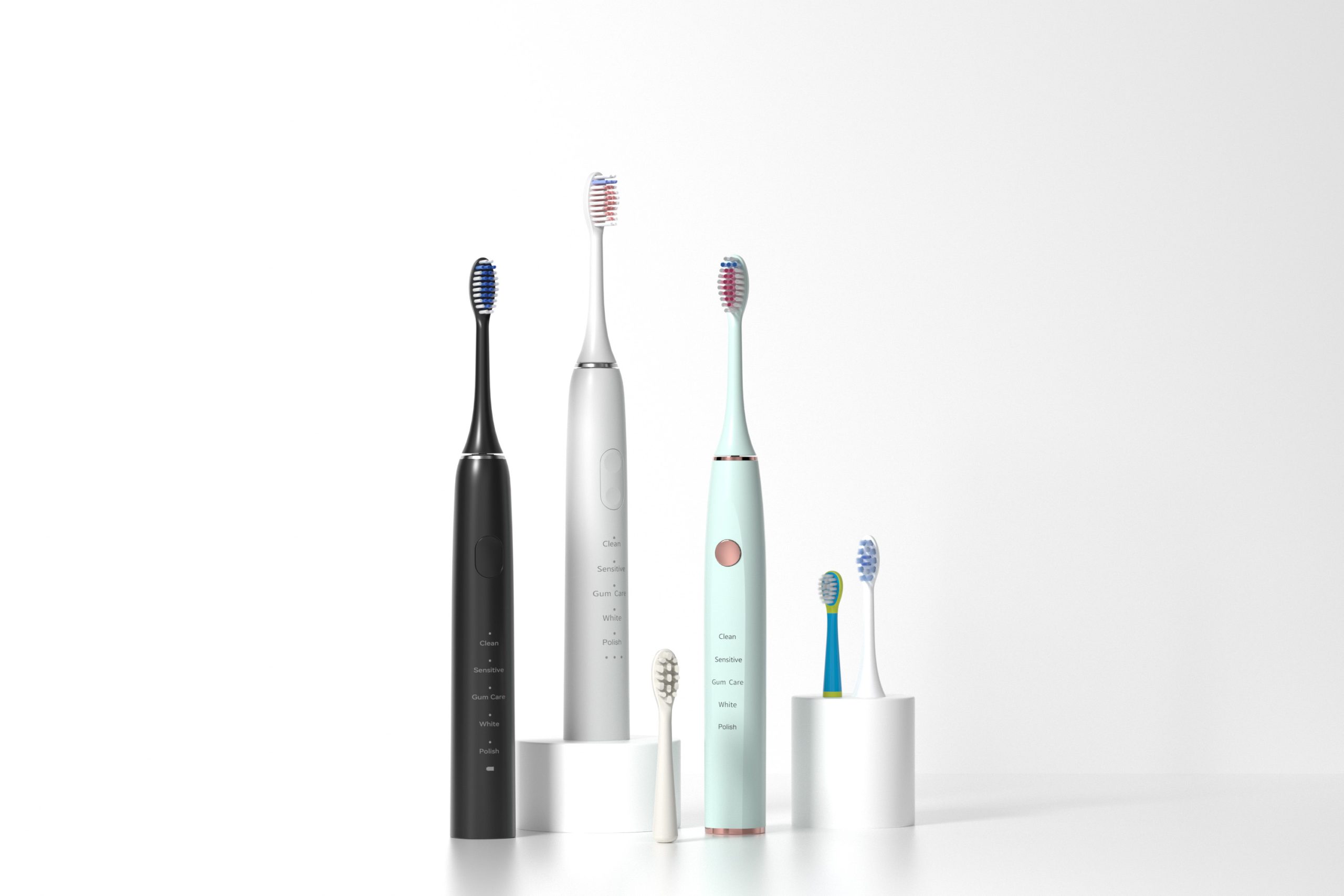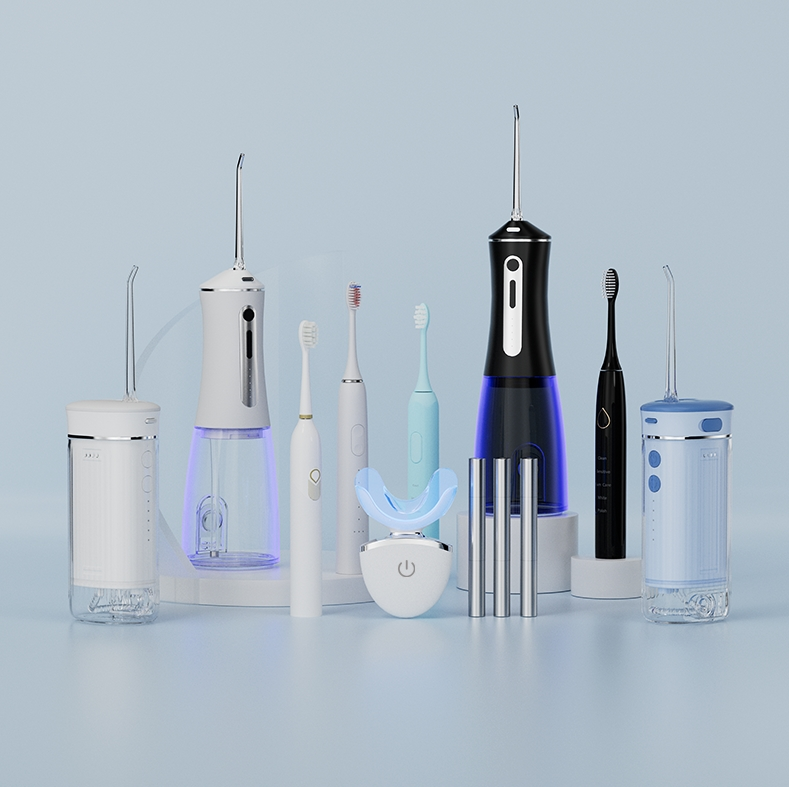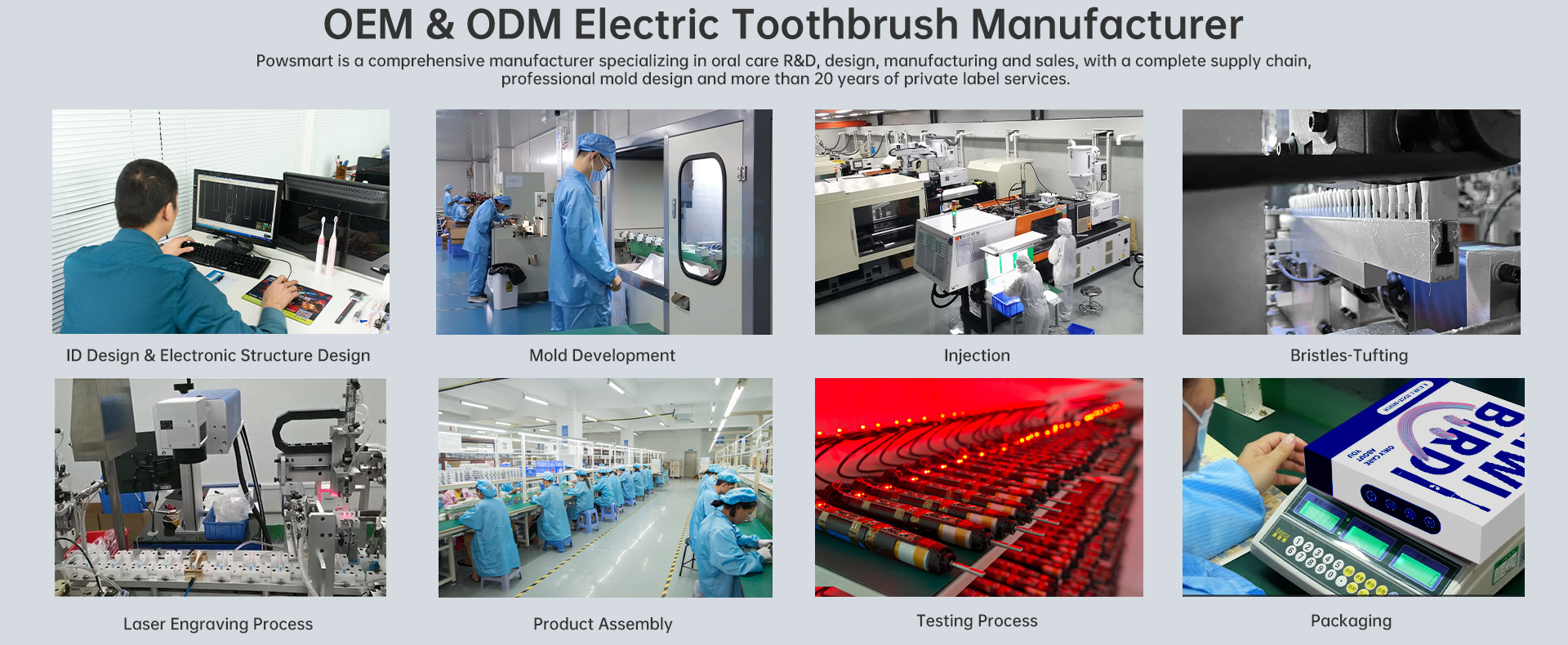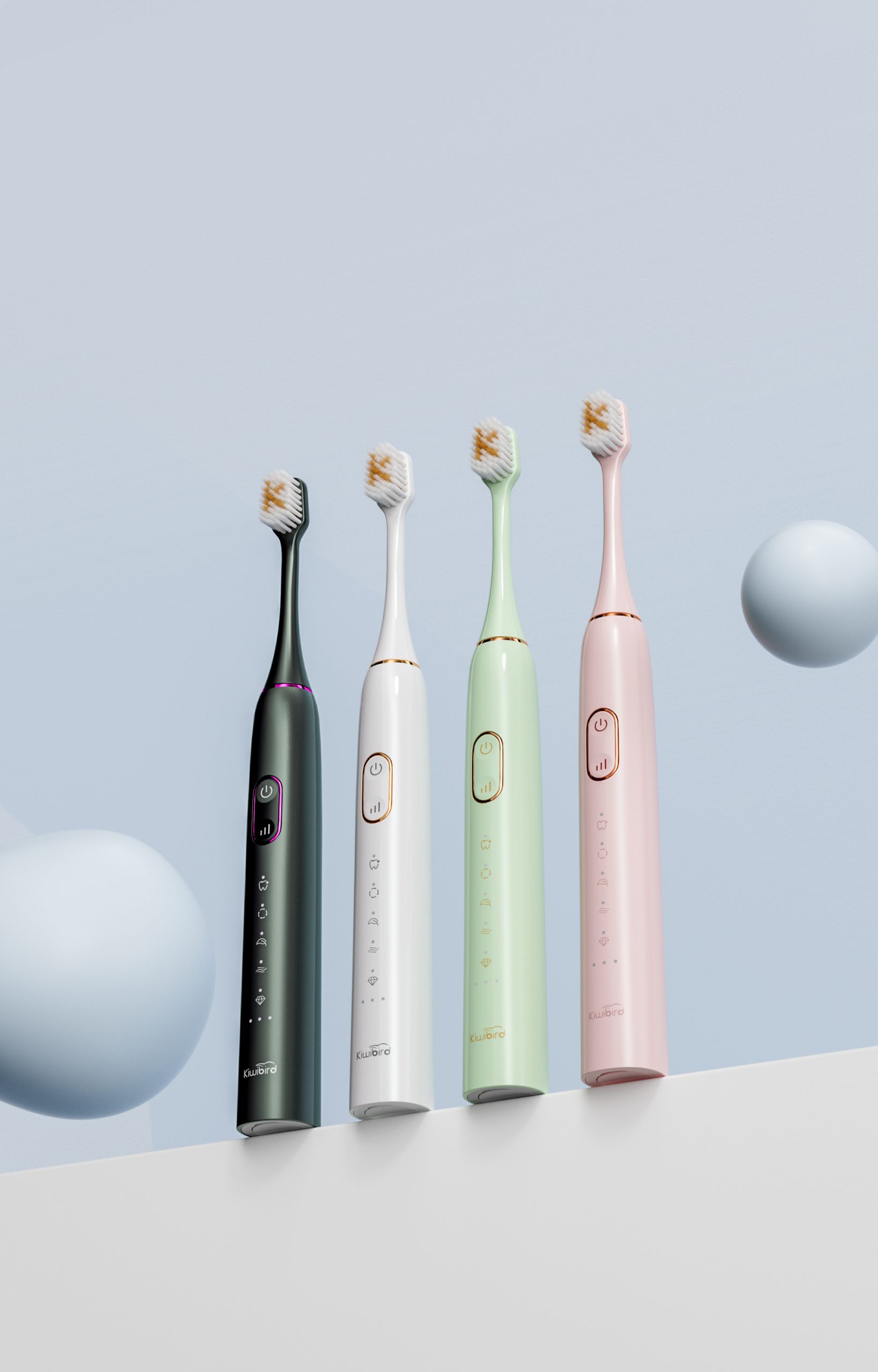When users report discomfort during use of oral care devices, symptoms like jaw fatigue and increased dental sensitivity often emerge as low-priority concerns. However, recent technical investigations suggest that these may be linked to demineralization zones—subtle, progressive losses in enamel integrity that go unnoticed until damage becomes irreversible. Could this be a silent threat built into product design? For OEM/ODM manufacturers, addressing this hidden correlation is critical to ensuring safety, comfort, and long-term brand value.
Demineralization zones refer to areas on the tooth surface where enamel loses its mineral content, primarily due to acidic exposure or improper mechanical cleaning. These zones, while not initially visible or painful, serve as precursors to:
For oral care device manufacturers, poorly designed bristle dynamics or water flow pressure can unintentionally exacerbate demineralization—especially in users with pre-existing enamel weaknesses.
Jaw fatigue typically manifests as tension or soreness in the mandibular muscles following prolonged or repeated use of oral hygiene devices. While it’s often attributed to improper grip or usage angle, it may also stem from:
Interestingly, in an effort to avoid discomfort from sensitive demineralized zones, users may subconsciously change their biting or brushing behavior—placing more strain on the jaw. Company web: https://www.powsmart.com/product/electric-toothbrush/
When demineralization zones develop, they cause minor pain or tingling sensations. To alleviate this, users often alter their oral movements:
These compensatory behaviors result in jaw fatigue, even if the product’s core vibration or force profile meets standards. In essence, the issue is not just mechanical—it’s biomechanical and behavioral.
Certain overlooked product characteristics can contribute to both demineralization zones and jaw fatigue, such as:
These design oversights, if unaddressed, can turn a standard device into a source of silent and sustained discomfort.
To prevent this dual-threat, manufacturers should re-evaluate:
Design should support natural oral movements rather than resist or misdirect them—especially in long-term usage scenarios.
Leading brands now implement the following quality protocols to prevent such risks:
These steps are not only regulatory-friendly but help prevent downstream complaints and potential brand damage.
The correlation between demineralization zones and jaw fatigue is not always obvious—but it is real. For manufacturers supplying high-performance oral care equipment, acknowledging this interplay and proactively solving for it reflects true quality engineering. By ensuring devices support oral health rather than strain it, B2B partners secure trust and market longevity in a highly competitive space. Contact Kiwibird
-300x300.jpg)
-300x300.jpg)

Oral care beauty trend :How Oral Care Became Beauty’s Sexiest New Category
Adapter Overheating with Circuit Shorting – Fire Risk?
Indicator Failure Leading Periodontal Pocket Deepening – Undetected?
pH Imbalance Plus Taste Distortion – Toxic?

Are Oral Care Products Suitable for TK Small Businesses?
Light Decay Causing Gingival Discoloration?
.jpg)
Taste Distortion Alongside pH Imbalance – Vicious Cycle?
.jpg)
Proven Strategies to Unlock Premium Water Flosser Brands Positioning
.jpg)
KiwiBird Launches Bulk Personalized Toothbrush Customization Service, Redefining Oral Care
China adult electric toothbrush factory:Powsmart

Competitive Wholesale Oral Care Products for Your Store – Bulk Deals & OEM Options

Professional electric toothbrush factory

The Growing Potential of the Oral Care Business: Trends, Opportunities & Market Insights

What’s Driving the Oral Care Category Now?

2025 Electric Toothbrush Promotional Sale: Opportunities for Brands to Scale with the Right Manufacturer
Charging Corrosion with Mucosal Lesions – Fatal?

electric toothbrush heads Ultra Soft

Electric toothbrush heads Charcoal Infused-Diamond

electric toothbrush heads Charcoal Infuse-Round

Customization Teeth Whitening Gel

electric toothbrush heads Deep Clean

Private Label Whitening Gel

electric toothbrush heads Regular Clean
.jpg)
Florida Electric Toothbrush – Powsmart PTR-C8
whstapp
whstapp
National Toll-Free Service Hotline
+86 755 86238638